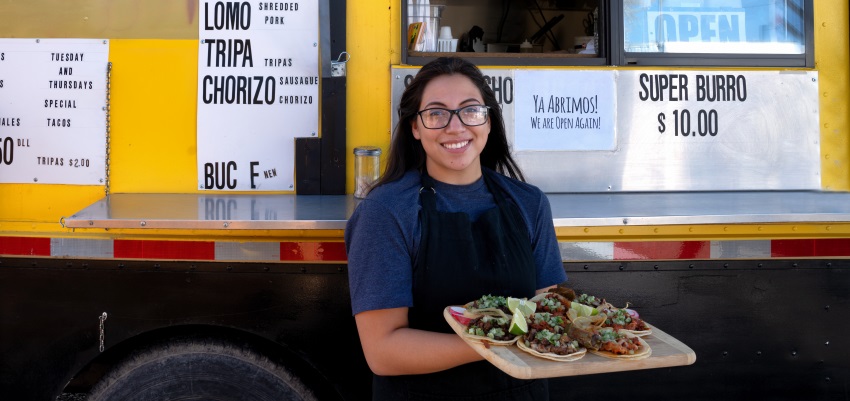Hispanic Heritage Month: Two centuries of contributions

According to the MFHA's new DEI report, about one in four members of the restaurant workforce is Hispanic, serving in many roles, from entry-level through ownership.
From Sept. 15 to Oct. 15, our country reflects on the achievements and contributions Hispanic Americans—from Spain, Mexico, the Caribbean, and Central and South America—have made to our history and culture.
For the restaurant industry, it’s a time to salute the ways in which they’ve enriched our culinary traditions and restaurant businesses.
The Hispanic/Latino population in 2020 was 62.1 million, an increase of 23% since 2010.
According to the Association and the Multicultural Foodservice & Hospitality Alliance’s 2022 Diversity, Equity & Inclusion report, about one in four members of the restaurant workforce is Hispanic, serving in many roles, from entry-level through ownership.
Gerry Fernandez, MFHA’s president and co-founder, says one-fifth of restaurant managers and supervisors are Hispanic, and nearly one in four chefs are, too. The number of top-level executives and CEOs, however, is significantly lower.
“Although Hispanics make up a quarter of our industry’s workforce, only one is the CEO of a publicly held restaurant company,” he says.
“We’ve got to create more Hispanic- and Latino-friendly workplace environments and leadership development programs to recruit and retain diverse talent. When young people see others who look like them achieving at high levels, it makes the industry more attractive.”
As Hispanic Heritage Month begins, enjoy a snapshot of some of the Hispanic and Latino cooks, chefs, restaurateurs, food manufacturers, inventors and innovations that popularized Mexican, Caribbean, and Central and South American cuisines in the states. Here are some fun facts to savor.
1828: Houstonian J.C. Clopper samples chili in San Antonio, calling it “a kind of hash with nearly as many peppers as there are pieces of meat.”
1889: Canned chili debuts at the Exposition Universelle world’s fair in Paris
1893: Mexican-American foods, like chili, tamales, and enchiladas are popularized at the World’s Columbian Exhibition, Chicago’s first world’s fair
1903: Casimiro Hernandez Sr. opens the Cuban-Spanish Columbia Restaurant in Tampa, Fla.; it is the oldest restaurant in Florida in continuous operation, and largest Spanish restaurant in the world
1922: Mónica Flin founds El Charro Café in Tucson, Ariz., oldest Mexican restaurant in the U.S. in continuous operation by same family
1928: Adelita Cuellar opens Texas restaurant that evolves into the El Chico Tex-Mex chain
1940s: Concepción “Concha” Sanchez creates a hand-cranked tortilla-making machine and conveyor belt, enabling mass production of tortillas
1963: Inca’s, said to be the first Peruvian restaurant in the U.S., opens in Los Angeles; Machu Picchu del Perú opens later the same year in Miami
1970: Art Vasquez, founder of Azteca Foods, adds a preservative to masa for corn and flour tortillas, extending shelf life for supermarket sale
1971: Dallas restaurateur Mariano Martinez invents first frozen margarita machine
1970s: The margarita surpasses the martini as the most popular American drink
1988: Churrascos, the first pan-Latin American restaurant, opens in Houston
1992: Salsa sales exceed ketchup sales in the U.S. for the first time
1996: Juan C. “Pete” Figueroa, owner of Borinquén Puerto Rican restaurant in Chicago, subs tostones (fried plaintain slices) for bread to create the jibarito sandwich—now a signature Chicago food
2020: The 65,000 Mexican restaurants operating in the U.S. represent 7% of the nation’s entire foodservice market, 53% fullservice, 47% limited service. (CHD Expert/Datassentials).